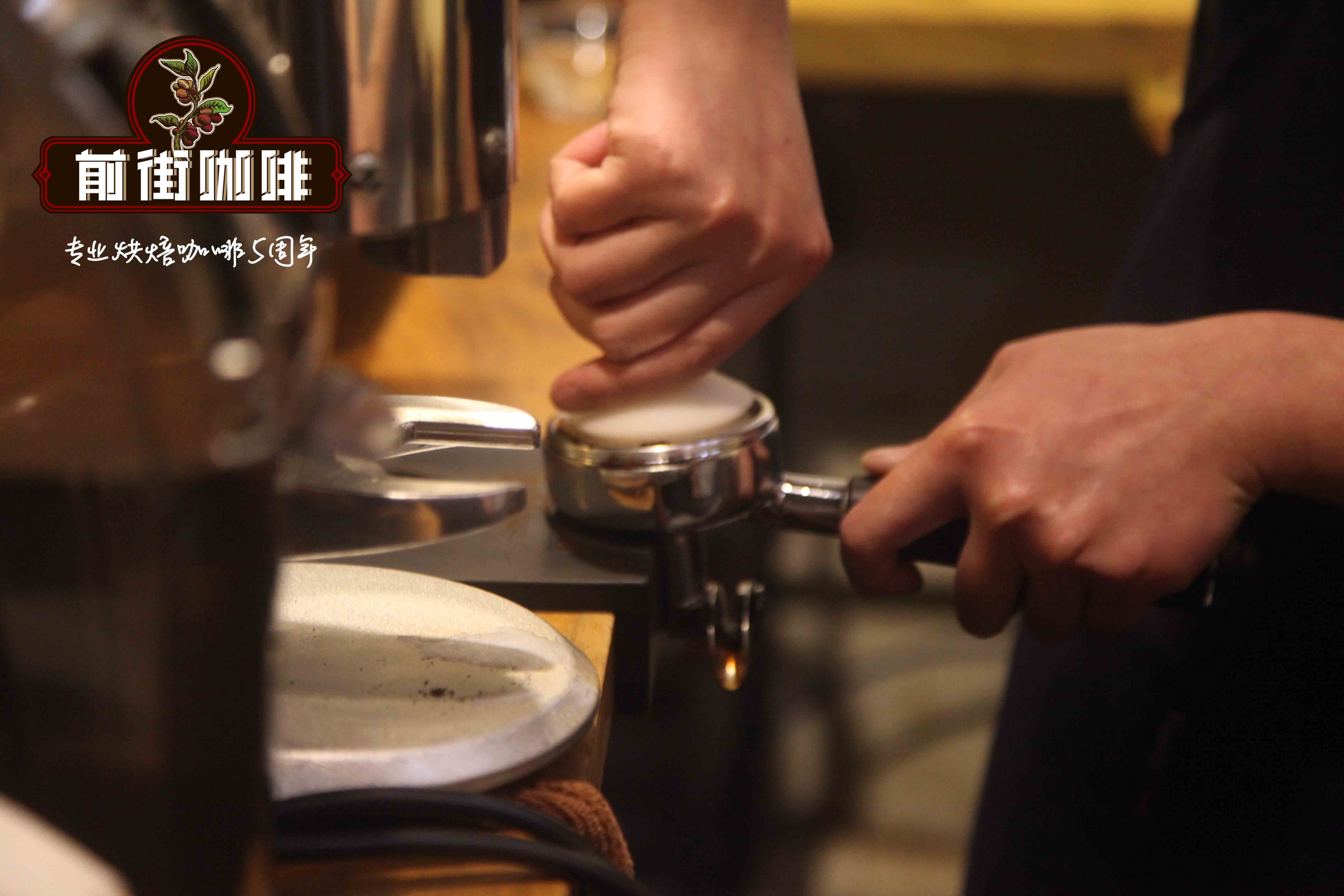What coffee bean fat is good for Italian coffee machine? recommendation for coffee bean grinding scale of Italian coffee machine

Professional coffee knowledge exchange more coffee bean information please follow the coffee workshop (Wechat official account cafe_style)
Summary of this issue
one
Brief Development of Italian Coffee Machine
two
The characteristics of Italian concentration
three
Characteristics of Coffee Oil
Espresso
[estrangement 39th spresou] Italian concentration
Crema
Coffee oil
Brief Development of Italian Coffee Machine
The first commercial coffee machine appeared in an exhibition venue in Paris in 1855. Loysel showed a coffee machine that claims to produce up to 10000 cups a day, which uses the principle of vapor pressure to extract coffee. Although the machine did not reach the said output, it laid the foundation for the extraction form of the coffee machine.
Luigu Bezzera proposed the form of the first Italian commercial coffee machine and applied for a patent for its use. The machine was launched at the World Exposition in Milan in 1906. The machine uses handles and filter cups to fill coffee powder to make coffee, and emphasizes point-and-make points, making only one cup at a time to achieve the best coffee extraction effect. Because it is fast enough, people call this coffee Espresso, which means fast. This kind of coffee is what we call espresso today.
In 1947, Gaggia used a lever spring piston to make coffee, which is a major breakthrough for the Italian coffee machine, which can solve the problem of low pressure and high temperature in the past extraction. Through the spring piston, there is a golden foam (Crema) in espresso, showing a different appearance, and greatly improving the extraction efficiency of coffee.
The Italian coffee machine can produce the high-temperature and high-pressure water needed for espresso extraction. The core technology of Italian coffee machine lies in high pressure, hot water heating on switch and temperature maintenance, which makes the extraction of coffee ingredients faster and more efficient, which is the reason why Italian semi-automatic coffee machine is irreplaceable in commercial position.
The characteristics of Italian concentration
In contrast to other coffee, which uses the gravity of water to dissolve the soluble ingredients of coffee particles, espresso allows water to extract coffee ingredients from cells in a very short period of time under high temperature and high pressure.
In this way, insoluble substances that are insoluble in water can be extracted at the same time, and a large number of oil components can be produced, forming coffee oil (crema) that can not be seen by other coffee making methods, and the taste is thicker and smoother than other coffee making methods.
Espresso extracts the rich ingredients in coffee in a very short period of time, and the extraction value of espresso only needs a very small change, which will make the taste of the whole cup of coffee different.
Characteristics of Coffee Oil
Coffee oil is the foam layer that covers the top of espresso. It consists of countless carbon dioxide bubbles and contains more than 1000 volatile aroma substances. Some aroma substances in coffee are water-soluble and soluble in coffee liquid, while some are insoluble in water and soluble in oil. So we often talk about drinking espresso quickly, otherwise the aroma will escape after the fat layer melts.
Coffee liquids extracted by pressure, such as espresso, contain a large number of dioxide ponds. Coffee oil is a bubble state maintained by both melanoid and protein-coated surfactants.
Coffee fat can also be used as a criterion for judging whether Italian coffee beans are fresh or not. freshly roasted coffee beans have higher carbon dioxide content than beans roasted for a period of time. The finer and denser the bubbles that make up the coffee oil, the smoother the taste. On the contrary, the fresher beans will taste rougher and less persistent.
END
Important Notice :
前街咖啡 FrontStreet Coffee has moved to new addredd:
FrontStreet Coffee Address: 315,Donghua East Road,GuangZhou
Tel:020 38364473
- Prev

Fully automatic and semi-automatic espresso machines are recommended. What coffee beans are suitable for different espresso machines
Professional coffee knowledge exchange more information about coffee beans Please follow the coffee workshop (Wechat official account cafe_style) is delicious for regular customers and baristas. For those who don't drink much coffee, the aftertaste of espresso is qualified. And unqualified espresso, both baristas and infrequent customers, feel like they are finished.
- Next

What kind of coffee beans does the Italian semi-automatic coffee machine use? is the espresso a waste of individual coffee beans?
Professional coffee knowledge exchange more coffee bean information Please follow the coffee workshop (Wechat official account cafe_style) in fact, many of their own roasted coffee bean suppliers, they do not quite understand what kind of coffee is good, everyone is just following others. So the author's advice to my friends is to choose only the right one. Many people think they have drunk some good rookies and choose coffee.
Related
- What is the Philharmonic pressure? How to use Philharmonic pressure to make delicious coffee
- Why does a hand grinder have more fine powder than an electric grinder?
- In addition to the hot mom, what is the difference between the versions of EK43 | ditting and Mahdi ek43?
- What kind of equipment do you need to make coffee by hand? Introduction to novice starter cooking equipment tools
- Espresso needs to be ground how thick and thin scale entry Italian Coffee Machine Bean Grinder investigation and Grinding course
- How much does it cost to open a small private cafe? How much does it cost to learn coffee? How to operate it?
- The difference between the flavor characteristics of hand-brewed coffee and coffee maker is hand-brewed coffee really better than coffee maker? Can I use a coffee machine to make coffee beans by hand?
- The difference between 01 and 02 of hario v60 filter cup what is the difference between 01 and 02 filter cup opening and cooking flavor
- What's the difference between the smart cup and the French kettle? Which is better, the French kettle or the Smart Cup?
- What's the difference between a smart cup and a V60 filter cup? The difference between the taste of smart cup and hand-brewed coffee

